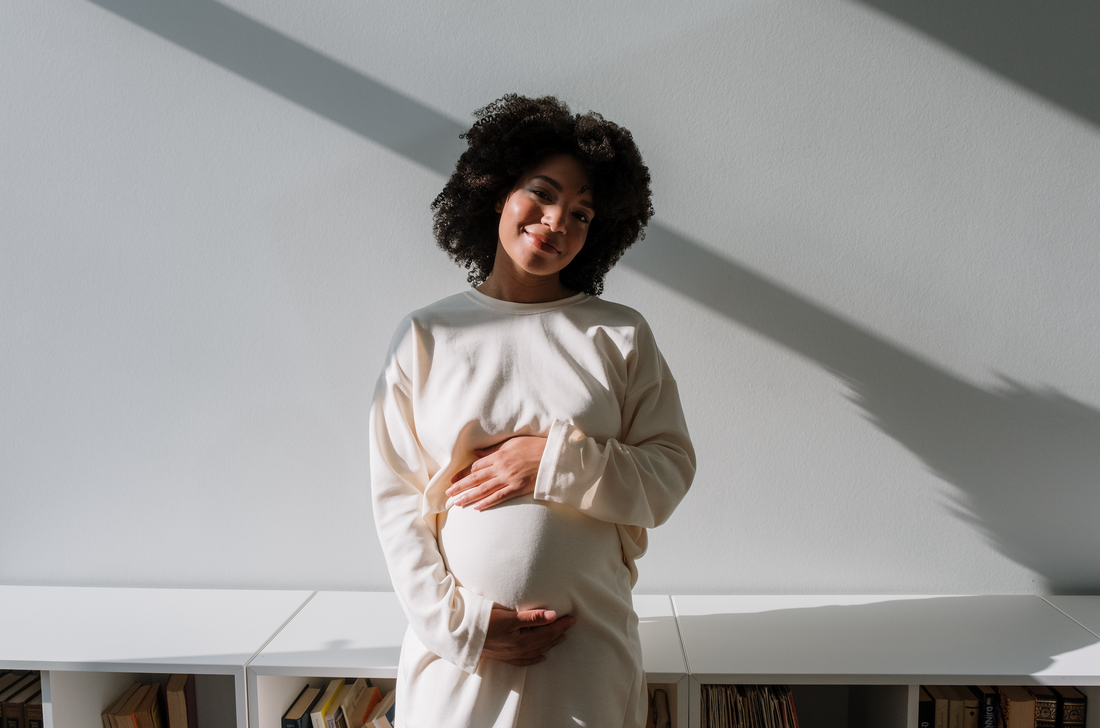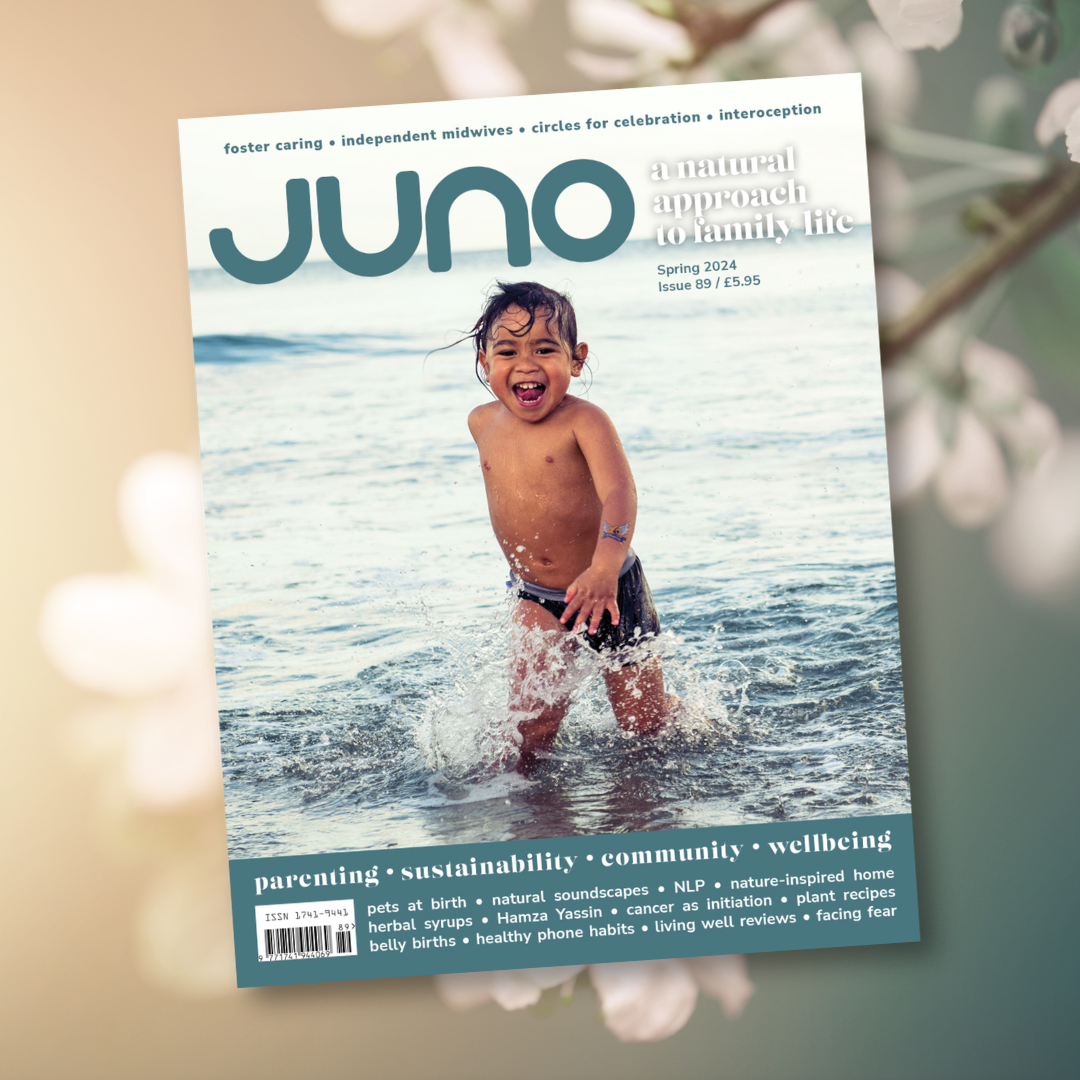“The baby will work out the best way to move through her mother – even if we don’t understand it.” Rachel Reed
The uterus is phenomenal, and yet completely undermined. I think it needs to be the centre of our consideration in pregnancy, checked in on and looked after. Sophie Messager (author of Why Postnatal Recover Matters) shares this knowledge through her rebozo work (you can read her feature ‘Closing the Bones’ in Issue 70). Mothers are always full of appreciation when I use the rebozo, and I would love to do some Closing the Bones massage; it sounds so comforting and completing after any birth.
In the last issue, I described the several functions of the uterus, which culminate in expelling the baby into the world. Within days after this, the uterus begins to revert to its pre-pregnancy state.
By the time it is ready to undertake this job, though, the body has already made many adaptations the mother may or not be aware of. There have been changes to the spine, and the pelvis, which has completely changed the angle it sits at. The bones, muscles and ligaments are all involved, so it’s a multi-layered expansion that gives space for a baby to be propelled down, out, and to be born.
Contractions come at the end of a pregnancy, but they are also part of menstruation and orgasm, so they are not so new or adaptive as the physical changes. It all happens under hormonal influences; pregnancy is a complete and total mind and body event.
Our current process of diagnosing labour is largely based on contraction frequency and power. This was first looked at in 1870, when the impact of anaesthetic agents (then in their infancy) on contractions was measured. A catheter was passed into the uterus to record internal pressure, however, this was problematic as it introduced infection, so the exterior of the uterus was then monitored instead. This investigative work continued into the 1950s.
In her book, Dynamic Positions in Birth, Margaret Jowett evaluates that placing a monitor on a mother has (1) misunderstood the power of the uterus, and (2) stopped the spontaneous noises of the mother being valued as indications of labour, as attention is focused on the graph and supposed contraction frequency and strength. The mother has become secondary to the machine.
Here, we can switch our attention back to the body and the amazing ability we have to birth, by understanding the changes the body makes to enable this.
Changes to the spine
When we began to walk upright, we became different to other primates in multiple ways. Our spine has four curves: (1) the forward bend of the neck (cervical spine) which helps to balance the head. We can move our neck more than other mammals, and babies more than adults in order to assist the birthing process; (2) the curve in the thoracic spine which helps to compensate and return our centre of gravity; (3) the lumbar curve which brings the spine towards the centre again; and (4) the sacrum and coccyx which support our bodyweight and protect the abdominal and pelvic organs. Without these curves, we would be unable to balance, and because of them, we can be upright and forward-looking, and we can move at speed.
The sacrum invites the baby in, and sits at a particular angle to increase that probability. The word itself emerges from the Latin for ‘sacred’ or ‘holy’.
Changes to the pelvis
The human pelvis has to do twice the work of that of a mammal walking on four limbs, stabilising all internal organs and anchoring the pelvic floor muscles and ligaments. It is named after the Latin word for ‘basin’. There is greater range of pelvic movement in pregnancy and birth than at any other time in our lives, and the space in the pelvis can increase by 28% to enable a baby to move through it.
Babies have to twist and turn, move their heads forward and back, tuck their chins in, and rotate, and they do this through reflexes, alongside the mother’s body as it opens and creates space.
Birth is known as ‘a dance of labour’ for a reason. It can be managed better when there is freedom of mind, spirit and body, in a preferred space or environment. Pregnancy preparation is not complete unless all these facets are considered.
____
References
Rachel Reed, ‘In celebration of the OP baby’, MidwifeThinking, June 2016, updated February 2018, midwifethinking.com.
Margaret Jowitt, Dynamic Positions in Birth: A Fresh Look at How Women’s Bodies Work in Labour, second edition (Pinter & Martin, 2020).
____

Eleanor Copp supports families across the UK, currently online. relaxedparenting.co.uk 07929 857 608
Photo by cottonbro studio
____
First published in Issue 71 of JUNO. Accurate at the time this issue went to print.



